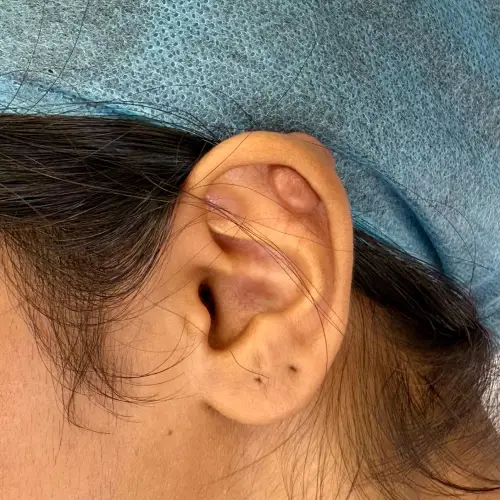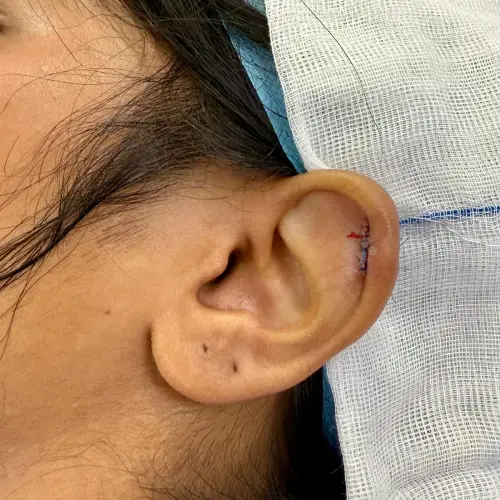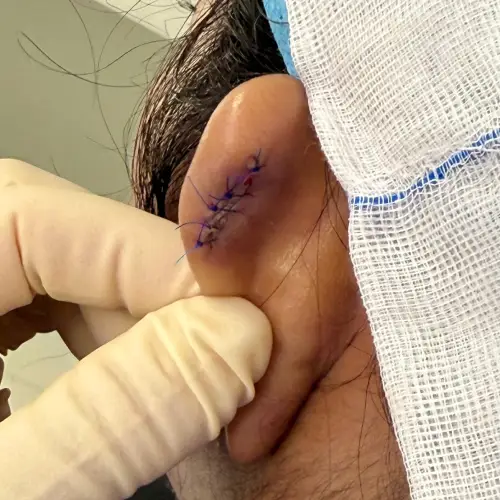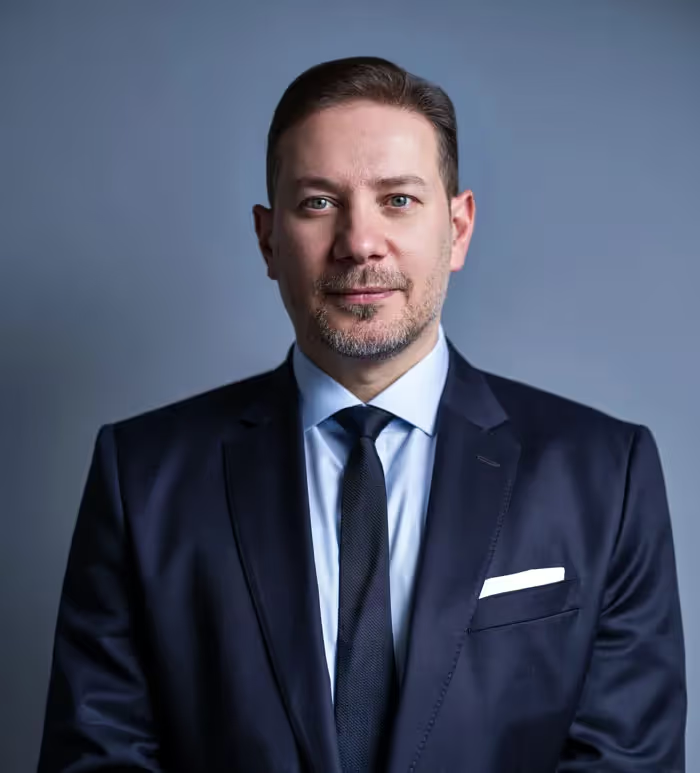.webp)




.avif)


Discharge: You will be allowed home shortly after the surgery.
Instructions: Follow all pre- and post-operative guidelines from your healthcare professional to support healing and minimise complications.
Adjunct Treatments: Use recommended treatments like keloid steroid injections or silicone gel to reduce the risk of recurrence.
Wound Care: Avoid trauma or tension on the healing area, as this can increase the chance of the scar returning or worsening.
Activity Restrictions: Refrain from heavy lifting, strenuous exercise, or putting pressure on the incision until fully healed.
Recovery Timeline: Most people resume normal activities within a few days, though mild tenderness may continue.
Self-Care: Get plenty of rest, eat a balanced diet, stay hydrated, avoid smoking, and attend all follow-up appointments for injections or aftercare.
Ongoing Monitoring: Stick to personalised aftercare instructions and attend follow-ups to monitor healing and adjust treatment if needed.

